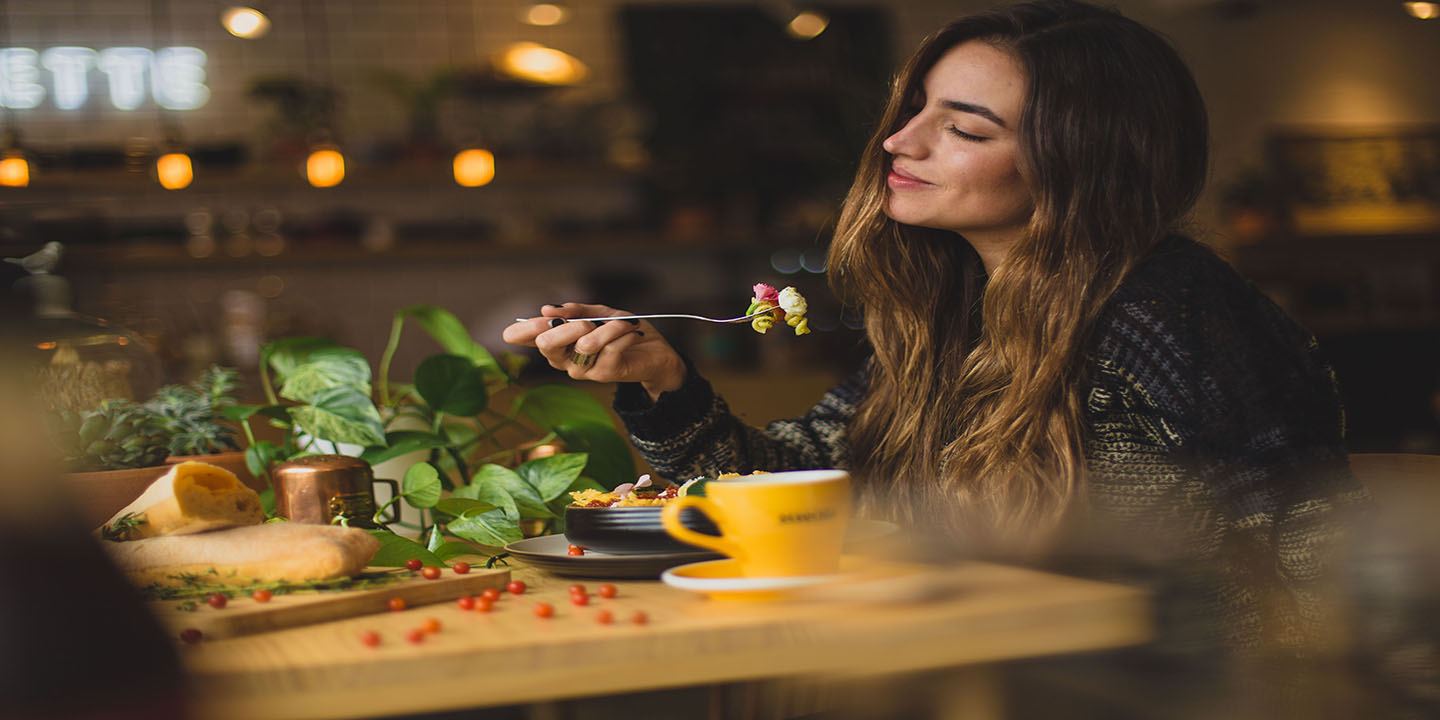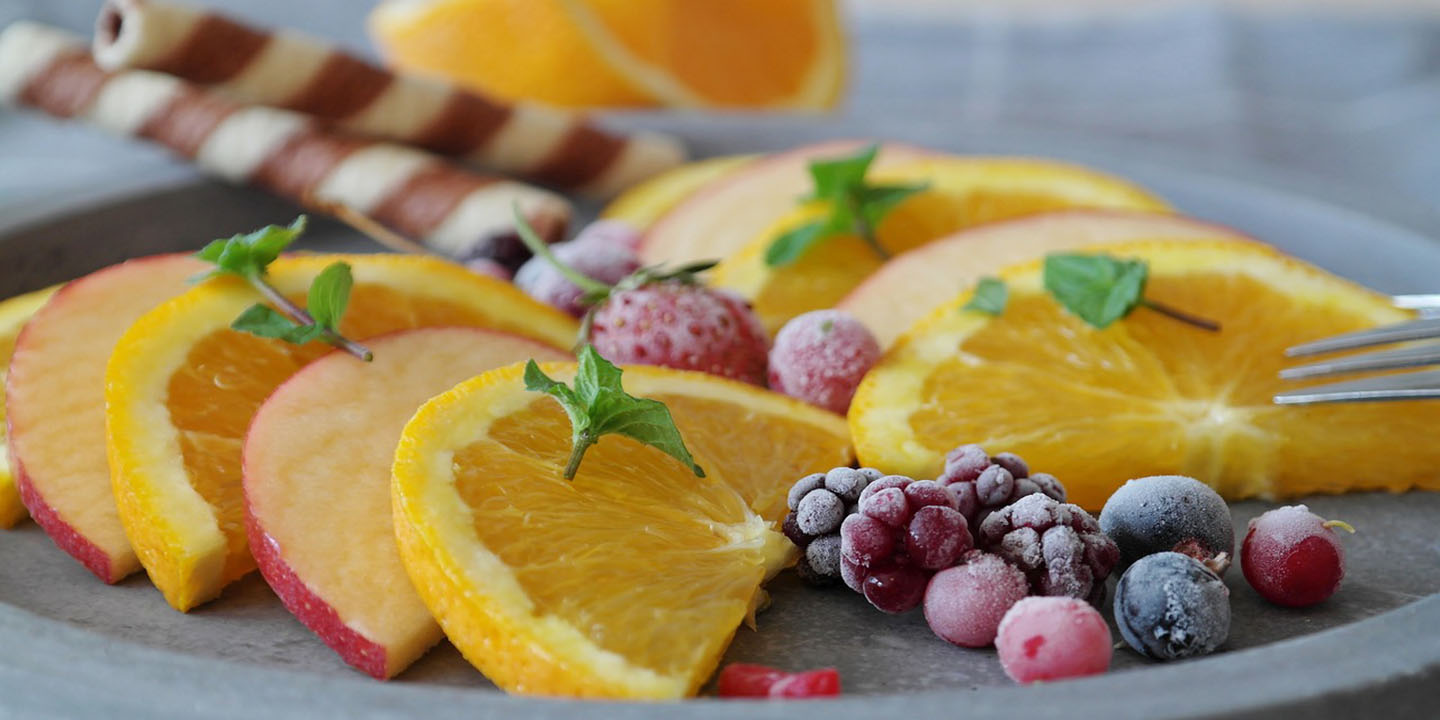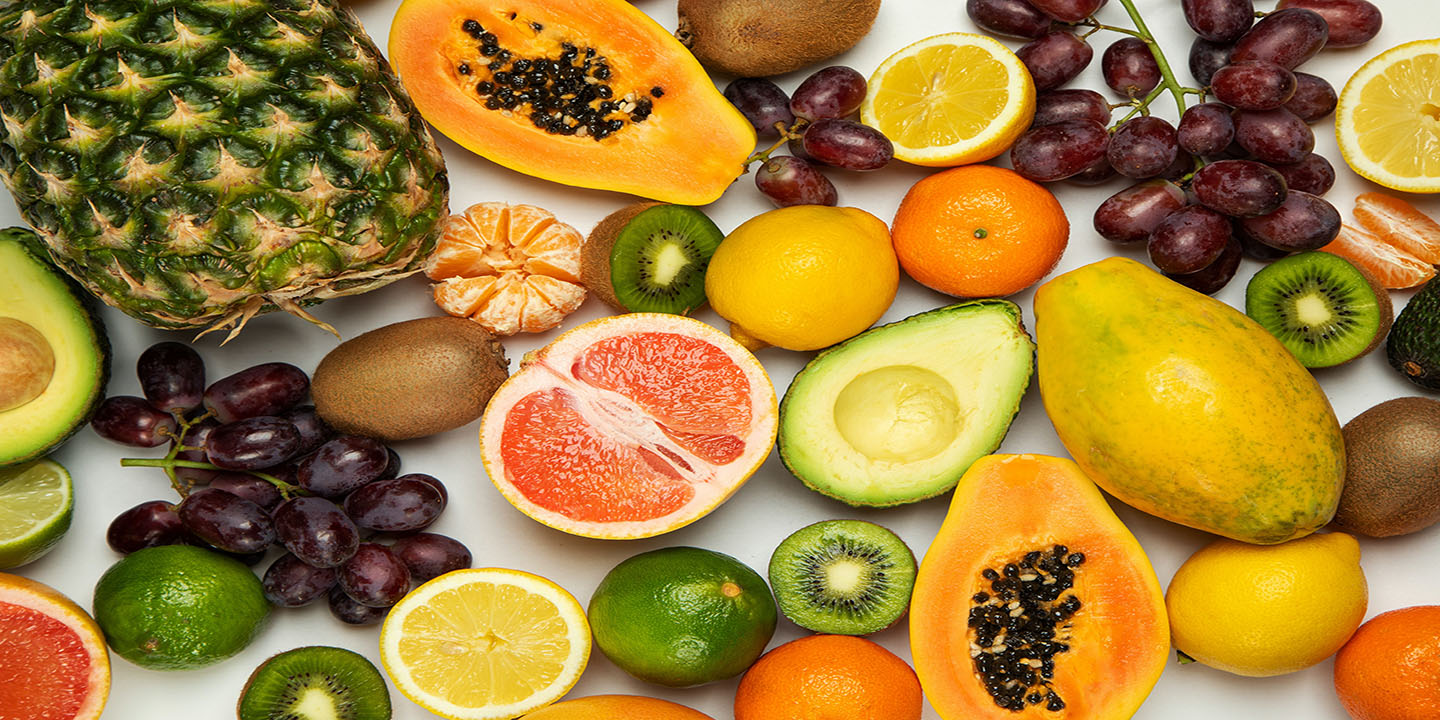Every Home Cook Needs A Cast Iron Skillet For This One Reason Alone
Picture this: you've got a beautiful ribeye steak sitting on your counter, reaching room temperature. You're ready to cook it, but here's where most home cooks stumble. They toss it into a regular nonstick pan or a thin stainless steel skillet, and what happens?
It's ruined—or at very least, your once-beautiful steak has not achieved its full potential. Luckily, a lot of that comes down to which tools you have. So join us as we explore one crucial reason everyone needs a cast-iron skillet.
The Magic Of The Perfect Sear
The meat steams instead of sears. The temperature drops the moment that cold steak hits the surface, and you end up with a gray, sad-looking piece of meat instead of the restaurant-quality crust you were dreaming about. This is precisely where a cast-iron skillet changes everything.
Cast iron's superpower isn't just that it gets hot—it's that it stays hot. When you preheat a cast-iron skillet properly, it becomes an almost unstoppable heat monster. Drop a cold steak onto it, and unlike thinner pans that lose their heat immediately, cast iron barely flinches.
It maintains a critical high temperature needed to create the Maillard reaction, that beautiful chemical process that converts the surface of meat into a deeply browned, intensely flavorful crust. This isn't just about looks either. That crust locks in juices and crafts layers of flavor that simply can't happen when meat cooks at lower temperatures.
Why Heat Retention Matters More Than You Think
The science behind cast iron's heat retention is actually pretty straightforward. Cast iron is incredibly dense and thick compared to other cookware. This mass means it takes longer to heat up, sure, but once it's hot, it holds onto that heat like nothing else in your kitchen. Think of it as a thermal battery—it stores heat energy and releases it steadily and evenly.
This matters enormously when you're searing meat. The moment cold food touches a hot pan, heat goes from the pan to your food. With thin pans, this heat transfer causes a dramatic temperature drop across the entire cooking surface. Your sizzle turns to a simmer, and you're essentially boiling your steak in its own juices.
With cast iron, the sheer amount of stored heat means the temperature stays consistent right where you need it. Each piece of meat gets the same intense heat from start to finish.
Beyond Steak: Your Kitchen's Most Versatile Tool
While searing meat is cast iron's claim to fame, this heat retention quality makes it exceptional for so many other techniques. Searing scallops, creating crispy-skinned salmon, getting perfect color on pork chops, or even achieving restaurant-quality burgers—all of these rely on that same principle of sustained high heat.
The best part is that a cast-iron skillet goes from stovetop to oven. Start your thick pork chops with a hard sear on the burner, then slide the whole pan into a warm oven to finish cooking through. No transferring, no extra dishes, no losing that precious crust you worked to create. For home cooks who want professional results without professional equipment, cast iron delivers every single time.
KEEP ON READING

The Most Popular Signature Dishes Around the World








